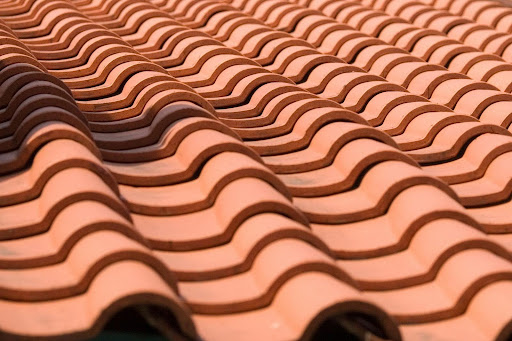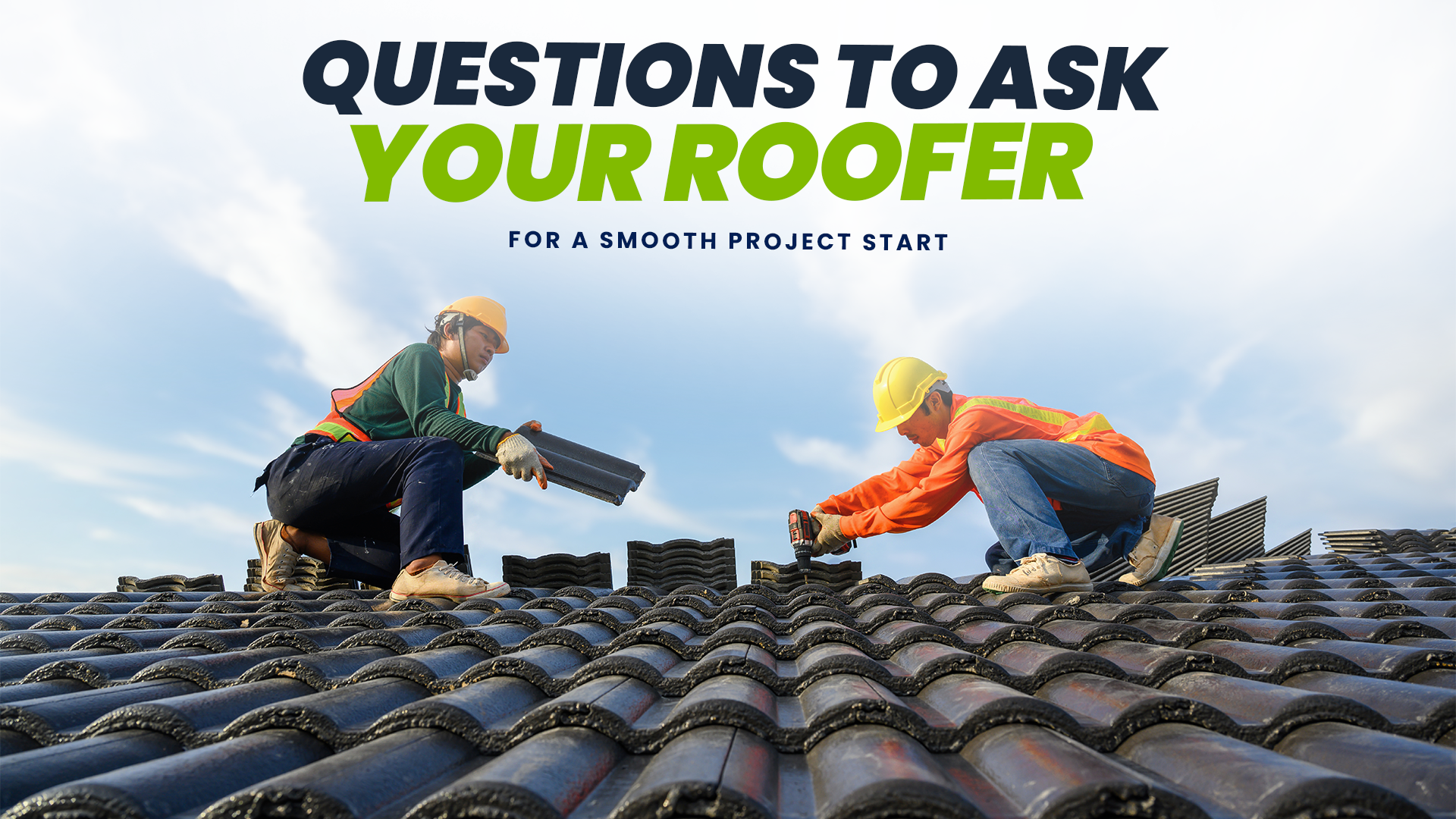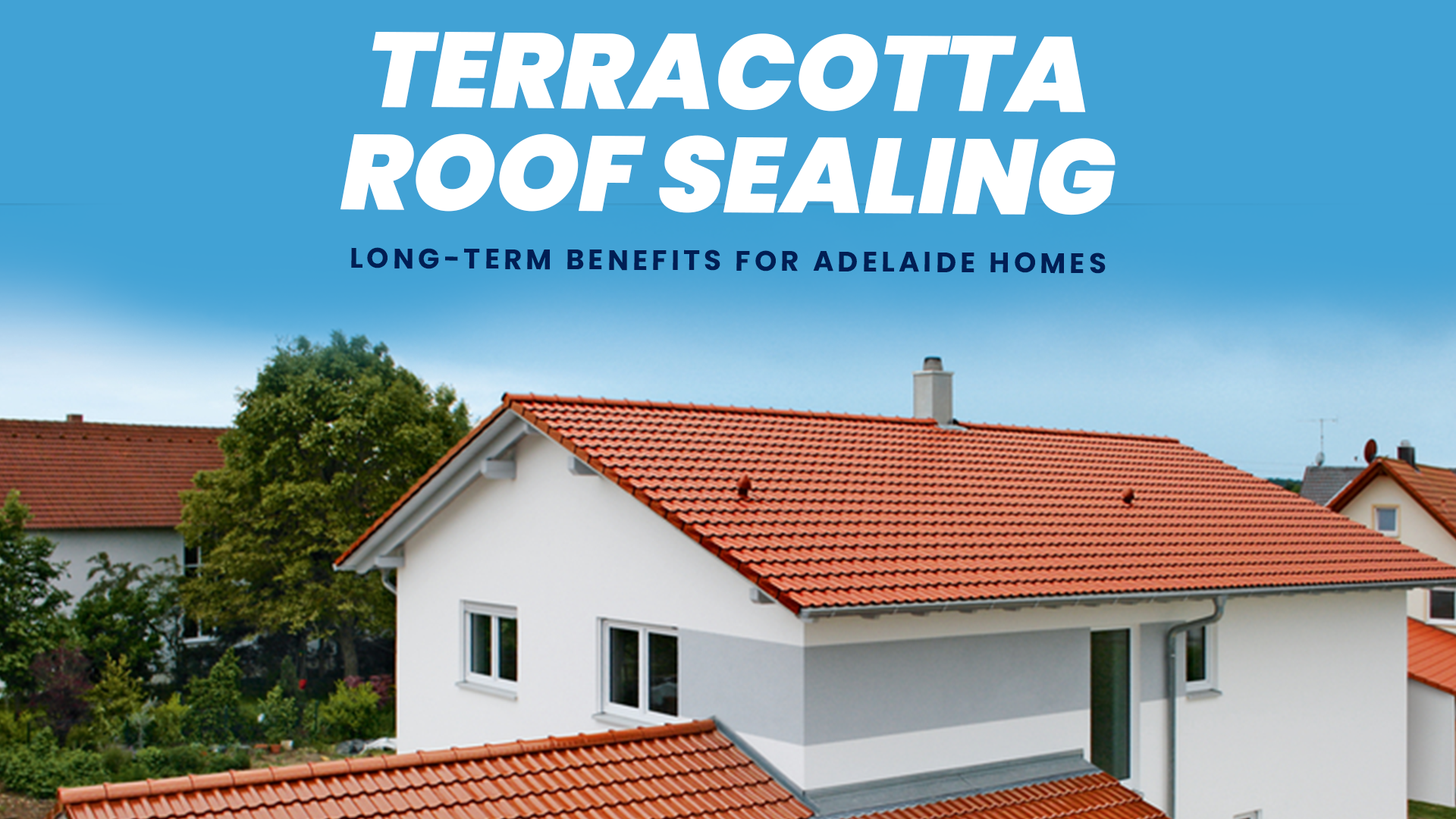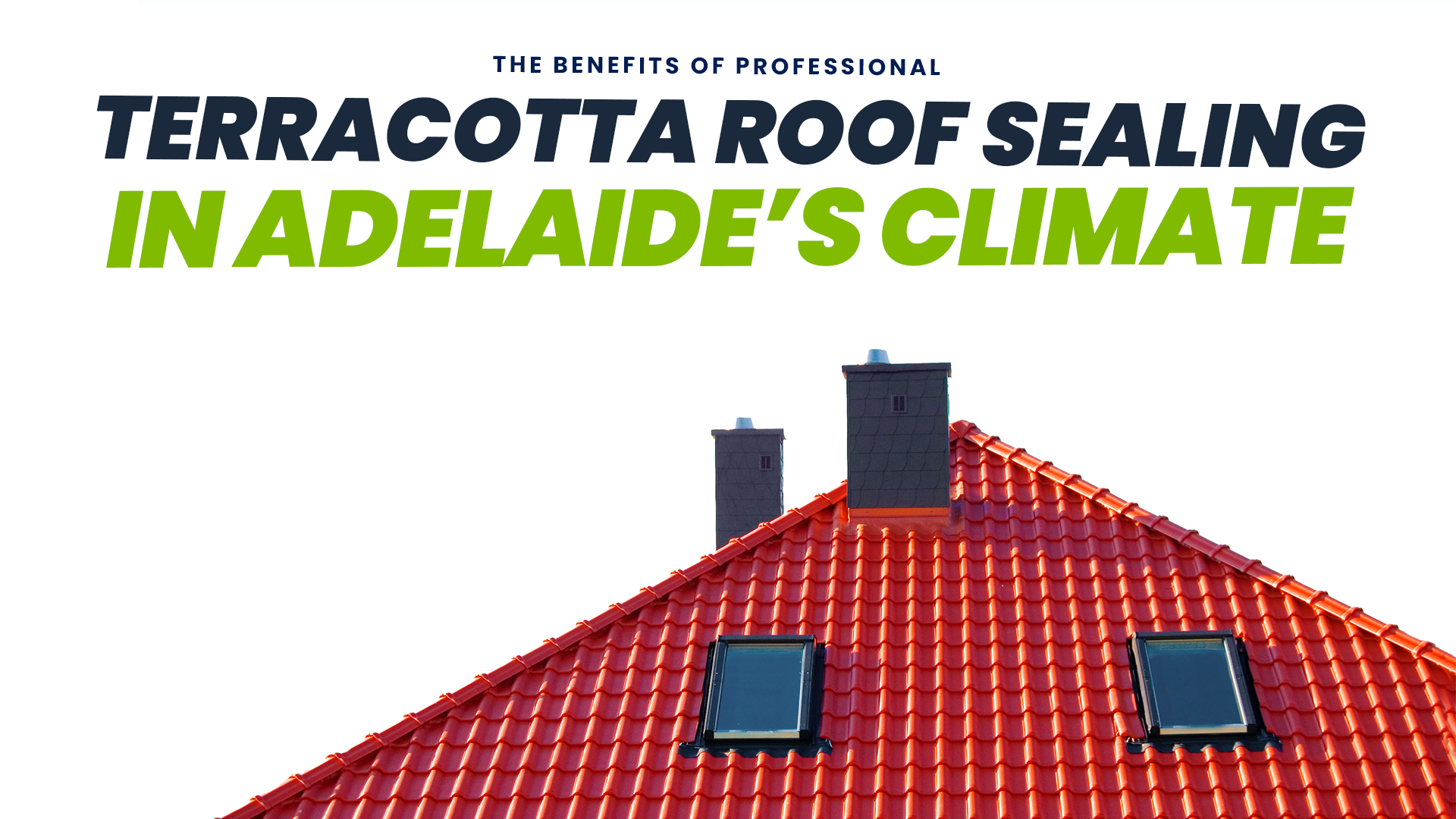When you picture timeless Australian homes with charm, resilience, and energy efficiency, there’s one feature that often stands out: the warm, earthy tones of terracotta roof tiles. But beyond their curb appeal, clay tiles offer a range of practical advantages that make them one of the most reliable roofing materials for both new builds and restorations.
So, why use terracotta roof tiles over other roofing options like asphalt shingles, slate tiles, or concrete tiles? Let’s explore the many benefits of terracotta roofing and what makes it a smart long-term choice for Adelaide homes and commercial properties.
The Enduring Beauty of Terracotta Roof Tiles
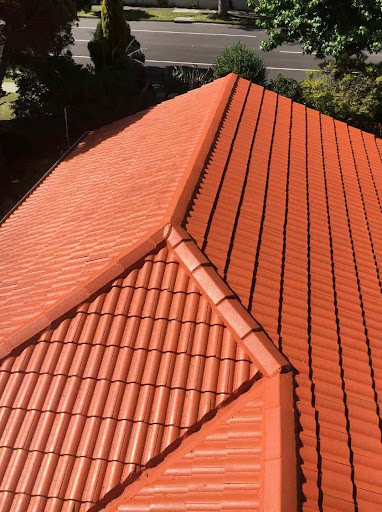
There’s something undeniably striking about a home with a terracotta tile roof. These clay tiles are made from natural clay, which is kiln-fired to create a rich, reddish-brown hue. Over time, the colour performance doesn’t fade or wash out. In fact, terracotta is prized for maintaining its colour even after decades of exposure to sunlight, rain, and wind.
Many roofing materials lose their vibrancy with age, but terracotta tiles have a naturally high resistance to UV rays due to the firing process. This means your new roof won’t just look great the day it’s installed; it will continue to complement your home’s architectural style for decades with minimal maintenance.
Energy Efficiency and Comfort in Warmer Climates
If you’re living in South Australia, you know the summers can be harsh. Here’s where one of the most underrated terracotta roof advantages shines: energy efficiency.
Terracotta roofing has a higher thermal mass, which helps regulate indoor temperatures. These tiles absorb heat during the day and release it slowly at night. That means your home stays cooler during peak sun hours and warmer after the sun sets.
Terracotta is already used in efficiently cooling homes, according to the International Journal of Research in Engineering Science and Management (IJRESM). Homes that use clay tiles can reduce reliance on artificial cooling and lower energy costs over time. This makes terracotta roofs especially suited to warmer climates like Adelaide, where heatwaves can push systems to their limits.
Durability and Lifespan: How Long Do Terracotta Roofs Last?
One of the biggest benefits of terracotta roof tiles is their longevity. When properly installed and maintained, terracotta roof tiles are known to be one of the longest lasting roof materials, with the possibility of over 100 years durability.
Unlike concrete tiles, which tend to absorb more moisture and become brittle over time, terracotta tiles are denser and more water-resistant. They also resist corrosion, moss, and lichen growth, making them perfect for homes in leafy suburbs or areas prone to heavy rain.
At Top Roof Restoration, we’ve worked on heritage homes in Adelaide with terracotta tiles that are still structurally sound decades after. A quick pressure cleaning, some repointing, and they look as good as new.
Low Maintenance and Long-Term Cost Benefits
While the installation costs for clay roof tiles can be higher than other roofing materials, the ongoing upkeep is significantly lower. Terracotta roofing rarely needs painting, sealing, or treating.
With less maintenance, fewer repairs, and fewer replacements over the decades, homeowners actually save more in the long run. Think of it as a one-time investment that pays for itself in durability and minimal upkeep.
And if you’re worried about unexpected damage from falling branches or extreme weather, individual tiles can be replaced without needing to redo the whole roof.
Pros and Cons of Terracotta Roof Tiles
Like every material, terracotta tiles have their trade-offs. Here’s a clear look at the advantages and potential drawbacks.
Pros:
- Long lifespan: 50 to 100+ years with proper care
- Excellent colour retention and aesthetic appeal
- Thermal performance helps reduce energy bills
- Fire-resistant, perfect for bushfire-prone areas
- Resistant to moss, algae, and moisture accumulation
- Environmentally friendly: made from natural clay, recyclable
Cons:
- Higher upfront cost than asphalt shingles or metal roofing
- Heavier weight requires strong roof framing
- Can be brittle if walked on incorrectly
- May not suit all architectural styles or modern builds
Still, for many Adelaide homeowners, the benefits of terracotta roofing easily outweigh the drawbacks, especially when installed by trained professionals who understand the proper installation techniques.
Why Adelaide Homeowners Are Choosing Terracotta Roofing
From classic villas in Unley to modern homes in Glenelg, terracotta tiles are having a revival in South Australia. Builders and renovators are turning to Top Roof Restoration for trusted advice, professional fit-outs, and custom solutions that align with each property’s style.
Whether you’re replacing a tired old roof or choosing roofing materials for a new build, terracotta roofing provides elegance, performance, and peace of mind.
Our team works with both residential and commercial projects, ensuring each tile roofing job is completed with expert care, durable sealants, and the highest safety standards.
When Is It Time for a New Roof?
You might not need a full replacement right now, but here are some tell-tale signs that your clay tile roof may need professional attention:
- Tiles are cracked, chipped, or missing
- Roof sagging or leaks after storms
- Faded or discoloured roofing tiles
- Build-up of moss or algae growth.
If you’re seeing any of these, our licensed team at Top Roof Restoration Adelaide can help assess the roof’s integrity and advise whether a new roof or targeted repair is the best option.
Frequently Asked Questions
How long do terracotta roof tiles last?
With proper care and installation, terracotta roofs can last between 50 to 100 years or more. Some heritage homes in Adelaide still retain their original clay roof tiles from the early 20th century.
What are the disadvantages of terracotta roofing?
The main drawbacks are the higher upfront cost and heavier weight, which may require structural reinforcement. Improper walking on the tiles can also cause breakage.
How sustainable are terracotta tiles compared to other roofing materials?
Very sustainable. Made from natural clay, terracotta tiles are recyclable and require less chemical processing than asphalt shingles or synthetic roofing materials. They’re a sustainable choice for eco-conscious homeowners.
Can terracotta roofing withstand hail and falling branches?
Terracotta tiles are quite strong but not unbreakable. While they may withstand moderate hail and light impact, terracotta roofing can crack under extreme impact. However, individual terracotta tiles are easily replaced and restored without affecting the rest of the roof.
Why use terracotta roof tiles over concrete or metal?
Terracotta tiles are better at regulating heat, have superior colour performance, and last longer than most concrete tiles or metal roofs. They’re also non-corrosive and require less ongoing maintenance.
Choose Top Roof Restoration for Expert Installation
Ready to experience the real benefits of terracotta roofing? Whether you’re planning a complete new roof installation or looking to restore existing terracotta roof tiles, trust Adelaide’s most experienced roofing specialists.
At Top Roof Restoration, we combine technical expertise with top-quality materials and a commitment to long-term results. From tile roofing and high pressure cleaning to re-bedding and repointing, your roof is in expert hands.Contact us today for a free quote and personalised advice on your next project.

